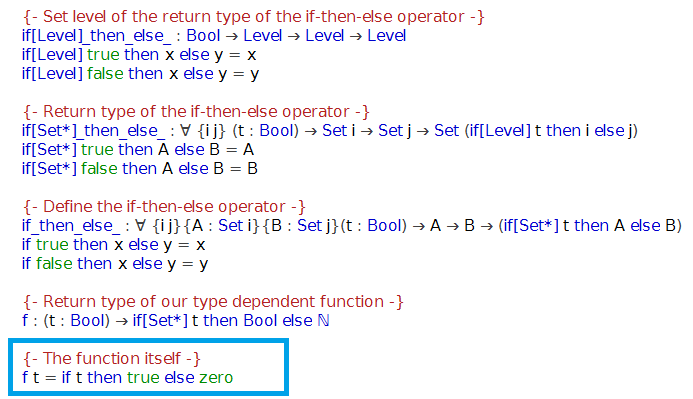Despite the popularity of Python, I find that many of its best practices are not extremely well-documented. In particular, whenever it comes to starting a new Python project, quite a lot of people would follow whatever the very first Python tutorial taught them (or whatever their IDE creates), and start churning out .py files, perhaps organizing them into subdirectories along the way. This is not a good idea. Eventually they would stumble upon problems like "how do I distribute my code", "how do I manage dependencies", "where do I put documentation", "how (and when) should I start writing tests for my code", etc. Dealing with those issues "later" is always much more annoying than starting with a proper project layout in the first place.
Although there is no unique standard for a project layout, there are some established best practices. In particular (and this seems to be not very widely known), one of the easiest ways to create a new Python package (i.e., develop anything in Python that will have to be distributed later), is to make use of the paster or cookiecutter tools. Simply running
$ paster create <package_name>
or
$ cookiecutter https://github.com/audreyr/cookiecutter-pypackage.git
will ask you some questions and initialize a well-formed setuptools-based package layout for you. A slightly more involved yet still minimalistic starter code is provided by additional paster/cookiecutter templates, such as modern-package-template:
$ pip install modern-package-template $ paster create -t modern_package <package_name>
Naturally, every developer will tend to customize the setup, by adding the necessary tools. Moreover, the preferred setup evolves with time, as various tools and services come in and out of existence. Ten years ago, buildout or git were not yet around. Five years ago, there was no tox and nose was better than py.test. Services like Travis-CI and Github are even younger yet.
Although I tend to experiment a lot with my setup, over the recent couple of years I seem to have converged to a fairly stable Python environment, which I decided to share as a reusable template and recommend anyone to make use of it.
Thus, next time you plan to start a new Python project, try beginning with:
$ pip install python_boilerplate_template $ paster create -t python_boilerplate <project_name>
or, alternatively,
$ pip install cookiecutter $ cookiecutter https://github.com/konstantint/cookiecutter-python-boilerplate
More information here (for paster) or here (for cookiecutter). Contributions and constructive criticism welcome via Github.






